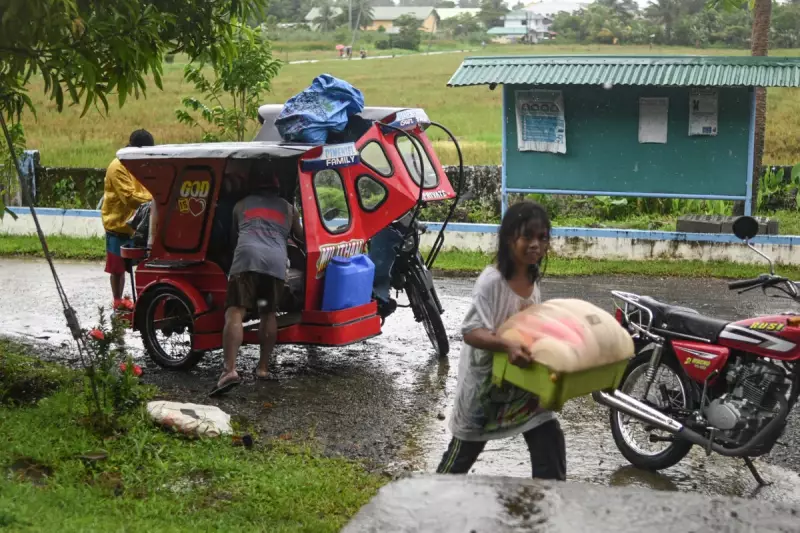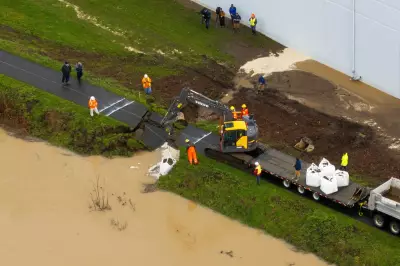
A powerful tropical storm has unleashed chaos across the northern Philippines, with Typhoon Kalmaegi bringing torrential rains and triggering severe flooding that has forced thousands from their homes.
The storm, known locally as Typhoon Luis, made its presence felt across multiple regions, submerging roads and communities under murky floodwaters. Emergency services have been working tirelessly to rescue stranded residents as the relentless downpour continues.
Widespread Impact and Emergency Response
Several provinces in the storm's path have experienced significant disruption, with many areas reporting waist-deep flooding that has made roads impassable. The capital Manila, while spared the worst of Kalmaegi's fury, still faced considerable rainfall and localised flooding.
Local authorities have initiated large-scale evacuation operations, moving vulnerable communities to higher ground and setting up temporary shelters in schools and government buildings. The rapid response has been credited with preventing greater loss of life.
Regional Weather Patterns and Preparedness
The Philippines, situated in the Pacific's typhoon belt, regularly faces such extreme weather events. However, each storm brings unique challenges, with Kalmaegi's slow movement and intense rainfall proving particularly problematic for flood prevention measures.
Meteorological agencies continue to monitor the storm's progression as it moves away from the Philippines, though warnings remain in effect for several regions expecting continued heavy rainfall and potential landslides in mountainous areas.
The nation's well-drilled emergency response systems have been activated fully, demonstrating the hard-earned experience gained from previous weather disasters in this storm-prone archipelago.





